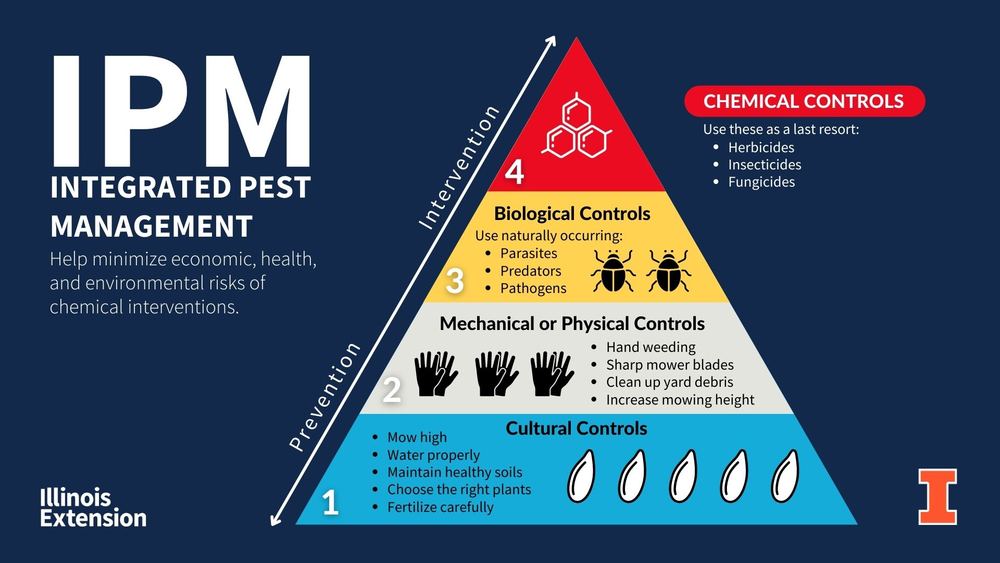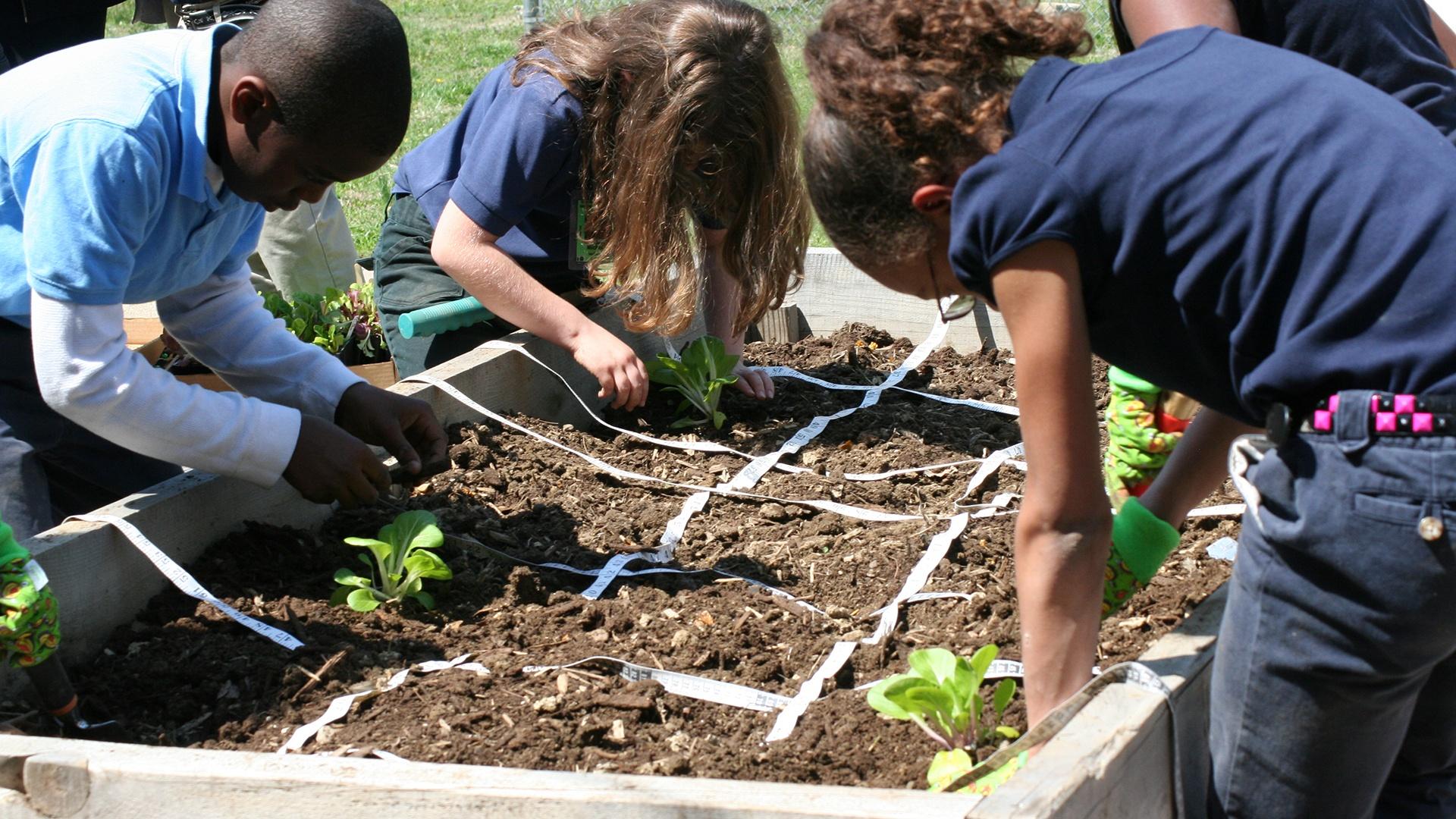
The Urgent Need for Integrated Pest Management
In a world increasingly conscious of environmental impact and human health, the concept of Integrated Pest Management (IPM) has emerged as a crucial strategy. It’s more than just a buzzword; it represents a fundamental shift in how we approach pest control. Traditional methods, often relying heavily on synthetic pesticides, have proven to be environmentally damaging, contributing to issues like pesticide resistance, harm to non-target organisms, and pollution of soil and water resources. IPM offers a more holistic, sustainable, and effective solution. This comprehensive guide delves into the intricacies of IPM, exploring its principles, strategies, and benefits, providing you with the knowledge to implement it successfully in various settings, from your backyard garden to large-scale agricultural operations.
What Exactly is Integrated Pest Management?
At its core, IPM is a decision-making process that utilizes a combination of pest control methods to manage pest populations while minimizing risks to human health and the environment. It’s not a one-size-fits-all approach; rather, it’s a flexible system that adapts to the specific pest, the environment, and the desired outcome. This adaptability is what makes IPM so powerful. It’s about understanding the pests, their life cycles, their vulnerabilities, and the factors that influence their populations.
The Core Principles of IPM
Several key principles guide the implementation of IPM:
- Prevention: The first line of defense. Preventing pest problems is always the most effective and sustainable approach. This involves creating an environment that is less conducive to pest infestations.
- Monitoring: Regular and systematic monitoring of pest populations is essential. This helps identify pests early, assess the extent of the problem, and determine the most appropriate control measures.
- Identification: Accurate pest identification is crucial. Knowing what you’re dealing with allows you to target the specific pest and avoid unnecessary treatments.
- Action Thresholds: Establishing action thresholds, or the level of pest infestation that warrants control action, is a key component of IPM. This prevents unnecessary pesticide applications.
- Control Methods: IPM utilizes a range of control methods, including biological control, cultural practices, mechanical control, and, as a last resort, chemical control.
The Benefits of Implementing IPM
The advantages of adopting IPM are numerous and far-reaching:
- Reduced Pesticide Use: IPM significantly reduces the reliance on synthetic pesticides, minimizing environmental impact and human exposure.
- Improved Environmental Quality: By reducing pesticide use and promoting sustainable practices, IPM contributes to healthier ecosystems, cleaner water, and improved soil quality.
- Enhanced Human Health: Lowering pesticide exposure reduces the risk of health problems associated with these chemicals.
- Cost-Effectiveness: While IPM may involve initial investments in monitoring and other preventative measures, it often proves to be more cost-effective in the long run by preventing costly infestations and reducing the need for frequent pesticide applications.
- Pest Resistance Management: IPM helps to delay or prevent the development of pesticide resistance in pest populations, ensuring the long-term effectiveness of control strategies.
- Sustainable Agriculture: IPM is a cornerstone of sustainable agriculture, helping to protect crops while minimizing environmental impact and promoting biodiversity.
Implementing IPM: A Step-by-Step Guide
Implementing IPM requires a systematic approach. Here’s a step-by-step guide to help you get started:
1. Assessment and Planning
Before you begin, assess your situation. Identify the pests that are present or likely to occur, the crops or plants you need to protect, and the environmental conditions. Develop a plan that outlines your IPM strategies, including monitoring protocols, action thresholds, and control methods.
2. Prevention Strategies
Prevention is the foundation of IPM. Implement measures to create an environment that is less attractive to pests:
- Choose resistant varieties: Select plant varieties that are resistant to common pests and diseases.
- Proper sanitation: Remove plant debris, weeds, and other materials that can harbor pests.
- Crop rotation: Rotate crops to disrupt pest life cycles and reduce pest build-up.
- Proper watering and fertilization: Ensure plants are healthy and well-nourished, as healthy plants are better able to withstand pest attacks.
- Physical barriers: Use netting, row covers, or other physical barriers to exclude pests.
3. Monitoring and Identification
Regular monitoring is crucial to detect pest problems early. Use the following methods:
- Scouting: Regularly inspect plants for signs of pests, such as damaged leaves, holes, or the presence of insects.
- Trapping: Use traps, such as sticky traps or pheromone traps, to monitor pest populations.
- Identification: Accurately identify the pests you find. Use a pest identification guide or consult with a local expert if needed.
4. Establishing Action Thresholds
Determine the level of pest infestation that warrants control action. This will depend on the pest, the crop or plant, and the acceptable level of damage. Consider factors such as the pest’s feeding habits, the plant’s tolerance to damage, and the potential for yield loss.
5. Implementing Control Methods
When control action is necessary, use a combination of the following methods:
Biological Control
Biological control involves using natural enemies, such as predators, parasites, and pathogens, to control pests. This can include:
- Releasing beneficial insects: Introduce beneficial insects, such as ladybugs or lacewings, to prey on pests.
- Using insect-killing nematodes: Apply nematodes to the soil to control soil-dwelling pests.
- Using microbial pesticides: Use microbial pesticides, such as Bacillus thuringiensis (Bt), to control certain pests.
Cultural Practices
Cultural practices can help to reduce pest populations and create an environment that is less favorable to pests. This can include:
- Crop rotation: Rotate crops to disrupt pest life cycles.
- Intercropping: Plant different crops together to confuse pests and attract beneficial insects.
- Tillage: Tilling the soil can help to destroy pest habitats and expose pests to predators.
- Pruning: Prune plants to remove infested branches and improve air circulation.
Mechanical Control
Mechanical control involves using physical methods to control pests. This can include:
- Handpicking: Handpick pests from plants.
- Using traps: Use traps to capture pests.
- Water sprays: Use water sprays to dislodge pests.
- Barriers: Use physical barriers, such as row covers or netting, to protect plants.
Chemical Control (as a last resort)
Use chemical control only when other methods are not effective and when the pest infestation exceeds the action threshold. Choose the least toxic, most environmentally friendly pesticide available. Always read and follow label instructions carefully.
6. Evaluation and Adjustment
Regularly evaluate the effectiveness of your IPM program. Monitor pest populations, assess damage, and track the results of your control methods. Adjust your strategies as needed to improve their effectiveness.
IPM in Different Settings
IPM can be implemented in a variety of settings, including:
Agriculture
In agriculture, IPM is essential for sustainable crop production. It involves:
- Crop selection: Choosing pest-resistant crop varieties.
- Monitoring: Regularly monitoring crops for pests and diseases.
- Cultural practices: Implementing crop rotation, cover cropping, and other cultural practices to reduce pest pressure.
- Biological control: Using beneficial insects and other natural enemies to control pests.
- Judicious use of pesticides: Applying pesticides only when necessary and using the least toxic options.
Gardens and Landscapes
In gardens and landscapes, IPM helps to protect plants while minimizing environmental impact. It involves:
- Plant selection: Choosing plants that are well-suited to the local climate and resistant to pests.
- Proper planting and maintenance: Providing plants with the proper care, including adequate water, nutrients, and sunlight.
- Monitoring: Regularly inspecting plants for pests and diseases.
- Cultural practices: Implementing cultural practices, such as mulching and composting, to reduce pest pressure.
- Biological control: Releasing beneficial insects to control pests.
- Using organic pesticides: Applying organic pesticides only when necessary and using the least toxic options.
Homes and Buildings
In homes and buildings, IPM helps to control pests while minimizing the use of pesticides. It involves:
- Prevention: Sealing cracks and crevices, eliminating food sources, and keeping the home clean and tidy.
- Monitoring: Regularly inspecting for pests.
- Non-chemical control methods: Using traps, baits, and other non-chemical methods to control pests.
- Professional pest control: Hiring a licensed pest control professional to implement IPM strategies if needed.
Common Challenges and How to Overcome Them
While IPM offers numerous benefits, there can be challenges in its implementation. Here are some common obstacles and strategies to overcome them:
Lack of Knowledge and Training
One of the biggest hurdles is the lack of knowledge and training on IPM principles and practices. Overcoming this requires:
- Education and training programs: Participate in workshops, seminars, and online courses to learn about IPM.
- Consultation with experts: Seek guidance from experienced IPM practitioners or agricultural extension agents.
- Access to resources: Utilize IPM resources, such as pest identification guides, fact sheets, and online databases.
Difficulty in Identifying Pests
Accurate pest identification is essential for effective IPM. To address this:
- Use pest identification guides: Utilize field guides, online resources, or smartphone apps to identify pests.
- Consult with experts: Seek help from local experts, such as entomologists or agricultural extension agents.
- Collect samples: Collect pest samples for identification if necessary.
Delayed Results
IPM often takes time to show results, as it focuses on prevention and long-term management. Patience and persistence are key. Consider:
- Setting realistic expectations: Understand that IPM may not provide instant results.
- Monitoring progress: Regularly monitor pest populations and assess the effectiveness of control methods.
- Making adjustments: Adjust your IPM strategies as needed to improve their effectiveness.
Resistance to Change
Some individuals may be resistant to changing from traditional pesticide-based methods to IPM. Address this by:
- Highlighting the benefits of IPM: Emphasize the environmental, health, and economic advantages of IPM.
- Providing support and encouragement: Offer support and encouragement to those who are transitioning to IPM.
- Demonstrating success: Showcase successful IPM programs in similar settings.
The Future of Pest Management: IPM and Beyond
IPM is not a static concept; it’s constantly evolving as new technologies and research emerge. Here’s a glimpse into the future of pest management:
Precision Agriculture
Precision agriculture utilizes technologies like GPS, remote sensing, and data analytics to optimize pest management practices. This allows for more targeted and efficient control measures.
Biotechnology
Biotechnology is playing an increasing role in pest management. This includes the development of pest-resistant crops, biological control agents, and new pest control products.
Climate Change Adaptation
Climate change is altering pest distributions and behavior. IPM strategies will need to adapt to these changes, including developing new control methods and selecting pest-resistant crops.
Increased Public Awareness
Growing public awareness of the importance of sustainable pest management is driving the adoption of IPM practices. This includes increased demand for IPM-certified products and services.
Conclusion: Embracing a Sustainable Future with IPM
Integrated Pest Management is more than just a set of techniques; it’s a philosophy that prioritizes environmental stewardship, human health, and long-term sustainability. By embracing the principles of IPM, we can create healthier ecosystems, protect our crops, and reduce our reliance on harmful chemicals. The journey to IPM may require effort and a shift in mindset, but the rewards – a healthier planet and a more sustainable future – are well worth it. Start implementing IPM today and contribute to a world where pest control is not just effective, but also responsible and environmentally sound. Take the first step – educate yourself, assess your situation, and develop an IPM plan tailored to your needs. The future of pest management is here, and it’s sustainable, effective, and beneficial for all.


